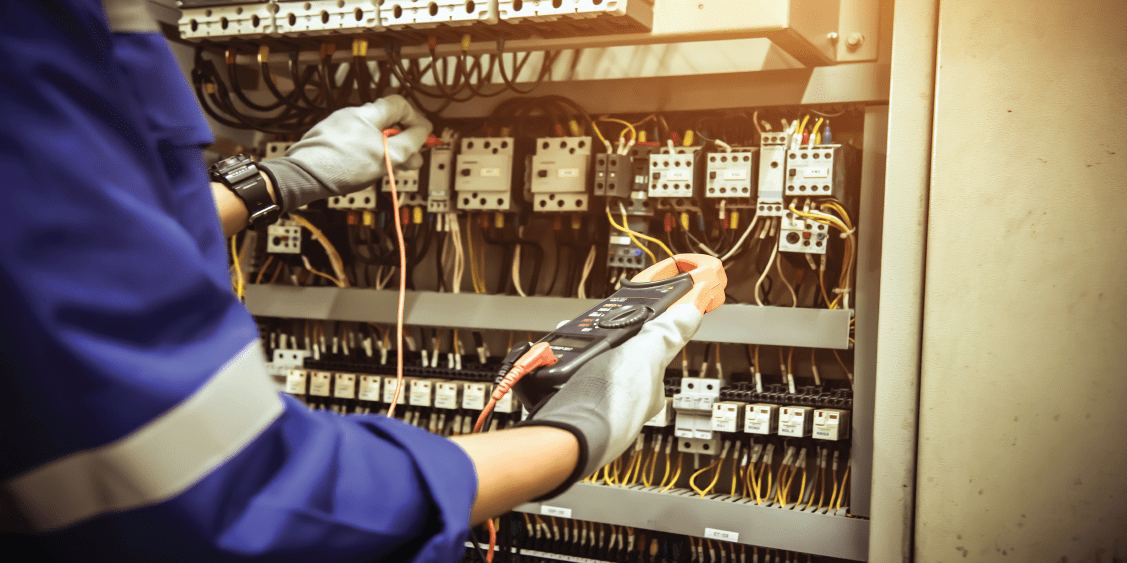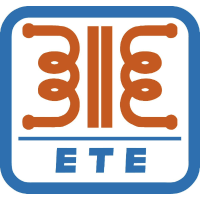We use cookies to make your experience better. To comply with the new e-Privacy directive, we need to ask for your consent to set the cookies. Learn more.
Distribution board vs. distribution box: what's the difference?

In the world of electrical systems and power distribution, the terms distribution board and distribution box are often used interchangeably, which can cause a lot of confusion, and at LED Controls, we understand that! Still, while they both play a vital role in managing electrical circuits and ensuring the safe distribution of power, they each serve distinct purposes and possess unique characteristics. So, to clear up any confusion, let’s look at the key differences between distribution boards and distribution boxes.
The difference between distribution boards and boxes
Distribution boards are usually fixed installations in buildings, whereas power distribution boxes (PDBs) are portable variants designed for temporary electrical distribution needs. PDBs are commonly used at construction sites, outdoor events, and emergencies requiring a mobile power source. Unlike permanent distribution boards, power distribution boxes are compact, rugged, and designed for easy transport and setup. Now we’ve cleared up the key difference, let’s take a more in-depth look into each, starting with distribution boards:
An overview of power distribution boards

A Power Distribution Board, often abbreviated as PDB, is an electrical component used to distribute power within an industrial or commercial facility. It serves as a central point for receiving power from a primary source, such as a main electrical panel or generator, and then distributes it to various secondary circuits or loads throughout the facility. Distribution boards come in two primary types: main (MDBs) and sub-distribution (SDBs). Here’s the difference between these two boards:
- Main Distribution Boards (MDBs) are the primary distribution points for electrical power entering a building or facility. MDBs receive power from the utility source or generator and distribute it to various sub-circuits within the establishment.
- Sub-Distribution Boards (SDBs): SDBs are secondary distribution points, typically located closer to the loads they serve. They receive power from the MDB and distribute it to specific areas or appliances within a building.
The primary purpose of a distribution board is to manage and distribute electrical power efficiently and safely. They achieve this by:
- Routing electrical power from the source (utility or generator) to various circuits.
- Providing overcurrent protection through circuit breakers or fuses.
- Facilitating easy maintenance and fault detection.
- Organising electrical connections in a structured and accessible manner.

The purpose of power distribution boxes
A power distribution box is a portable electrical enclosure designed to provide a temporary and mobile solution for distributing electrical power; they're typically used when a flexible and portable power source is needed. PDBs are equipped with various electrical outlets, which allow users to connect multiple devices or equipment to a single power source. They also often include circuit breakers or overload protection devices to ensure the safety of the connected devices and prevent electrical overloads. As we touched on earlier, these boxes are designed to be weather-resistant and easily transportable, making them suitable for use in diverse and often challenging conditions.
Is a Distribution Board the Same as a Fuse Box?
One of the most common misconceptions about electrical systems is that distribution boards are the same as traditional fuse boxes. But in reality, they aren’t the same. Understanding the distinction between the two is crucial when it comes to ensuring the safety and functionality of your electrical system. So let's dive a little deeper and explore the key differences between distribution boards and fuse boxes.
A fuse box is a basic component that houses fuses or circuit breakers and it is designed to protect circuits from overloading/short-circuiting. A distribution board is a more sophisticated setup that includes circuit protection devices, busbars, terminals, and other components to distribute power efficiently.
That’s the ins and outs of the differences between power distribution boards and boxes! Understanding the differences between distribution boards and boxes is pretty essential for efficiently and safely maintaining electrical systems. Distribution boards come in various types, each serving specific applications. While distribution boxes, on the other hand, provide temporary and portable power solutions. Both are integral components of modern electrical systems and ensure that power is distributed reliably and securely to meet the diverse needs of various environments!








































